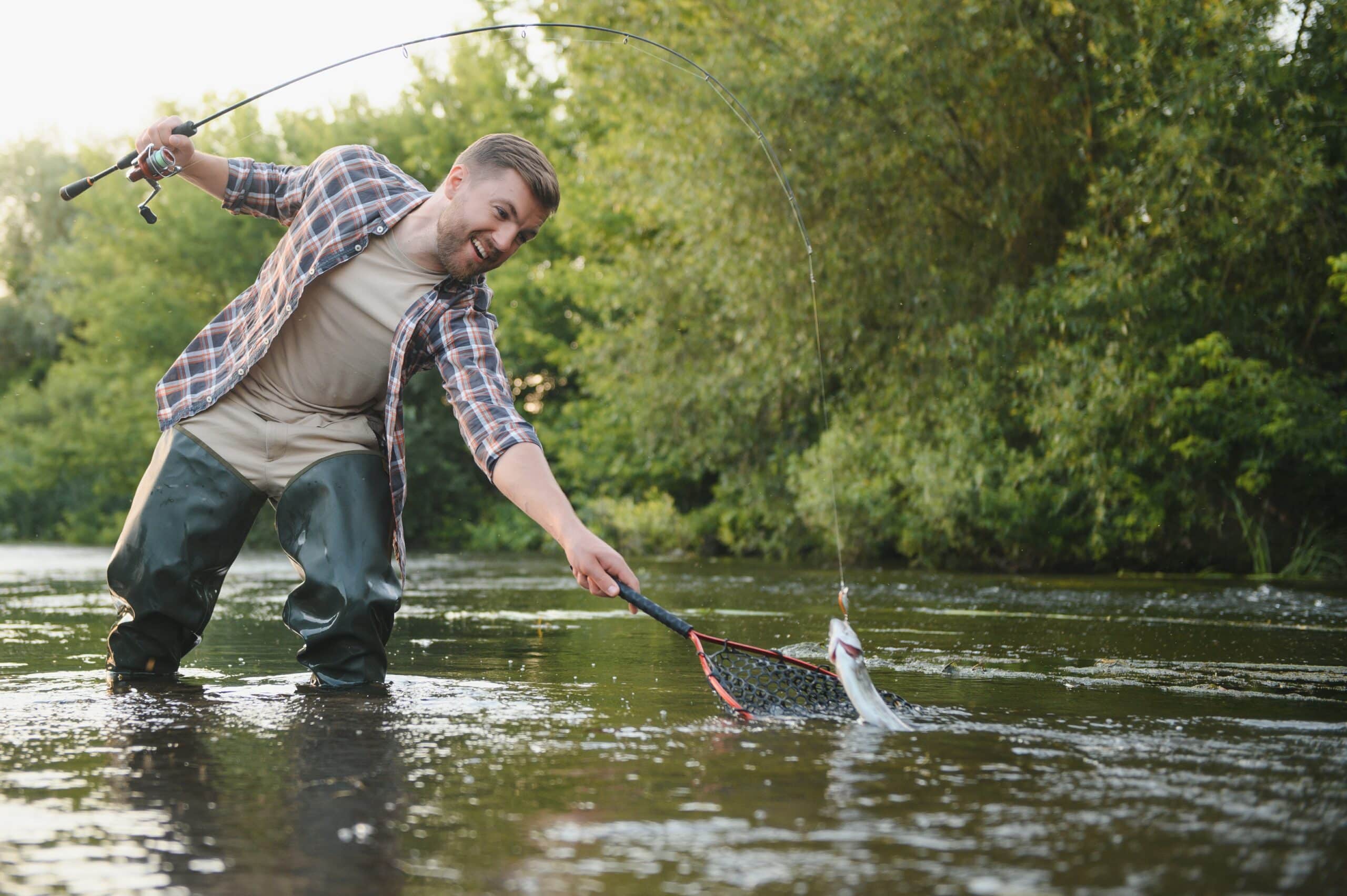What are the Different Types of Fly Fishing Techniques?
Key Takeaways
- Dry fly fishing involves casting a floating fly on the water’s surface to imitate an adult insect. It offers the opportunity to fish surface flies during insect hatches and provides an exhilarating visual experience.
- Nymph fishing involves imitating the immature form of flies known as nymphs underwater. It can yield a larger quantity of fish and is considered more beginner-friendly compared to dry fly fishing.
- Streamer fishing involves using large imitation baitfish flies to attract predatory fish. It has the potential to catch larger trout but requires a steeper learning curve and more patience.
Fly fishing is a popular angling method that involves using an artificial fly to catch fish. It requires skill, patience, and knowledge of various techniques. In this article, we will explore the different types of fly fishing techniques and their pros and cons.
Dry Fly Fishing
Dry fly fishing is considered by many to be the pinnacle of the sport. It involves casting a floating fly on the water’s surface to imitate an adult insect. This technique offers the opportunity to fish surface flies to receptive fish during insect hatches.
One of the main advantages of dry fly fishing is the excitement of seeing fish rise to take the fly off the surface. It provides an exhilarating visual experience and a greater understanding of the rivers being fished. However, success in dry fly fishing is highly dependent on the presence of rising fish and insect hatches. It also requires situational awareness and knowledge of where, when, how, and why to fish dry flies.
To engage in dry fly fishing, specific gear and equipment are needed, such as dry flies, floatant to keep the flies afloat, and appropriate fly rods. This technique is best suited for anglers who enjoy the challenge of fooling fish into taking a fly off the surface.
Nymph Fishing
Nymph fishing is another popular fly fishing technique that involves imitating the immature form of flies known as nymphs. Nymphs are fished underwater, as they are the primary food source for trout and other fish species.
One of the advantages of nymph fishing is that it can yield a larger quantity of fish. Nymphs are often more abundant in the water, making them a reliable food source for fish. This technique is also considered more beginner-friendly compared to dry fly fishing.
To engage in nymph fishing, anglers use specialized nymph flies that sink below the water’s surface. They can be fished using various techniques, such as dead drifting or adding movement to imitate the natural behavior of nymphs.
Streamer Fishing
Streamer fishing involves using large, imitation baitfish flies to attract predatory fish, such as trout or bass. Unlike dry fly and nymph fishing, streamer fishing aims to imitate larger prey and elicit aggressive strikes from fish.
One of the advantages of streamer fishing is the potential to catch larger trout. The large, flashy streamer flies can trigger the predatory instincts of big fish, leading to exciting battles. However, streamer fishing requires a steeper learning curve and more patience compared to other techniques.
To engage in streamer fishing, anglers use specialized streamer flies and employ various retrieval techniques, such as stripping the line to imitate the movement of a wounded baitfish.
Conclusion
Fly fishing offers various techniques that cater to different angler preferences and fishing conditions. Dry fly fishing provides the excitement of fishing surface flies during insect hatches, but success is dependent on the presence of rising fish and insect activity. Nymph fishing is more beginner-friendly and can yield a larger quantity of fish, while streamer fishing is excellent for targeting larger trout and requires more skill and patience.
When choosing a fly fishing technique, consider the fishing conditions, target species, and personal preferences. It is also essential to have the appropriate gear and equipment for each technique, including specific flies, floatant, and fly rods.
Related Websites:
FAQs:
Q: What is the traditional fly fishing technique?
The traditional fly fishing technique involves casting the line using the overhead cast technique and matching the fly to the hatch. It uses common flies specifically designed for traditional fly fishing.
Q: What is nymphing in fly fishing?
Nymphing is a type of fly fishing technique that focuses on imitating underwater insects. It involves presenting and manipulating nymph flies in the water using methods like high sticking and indicator nymphing.
Q: How to retrieve streamer flies in fly fishing?
To imitate baitfish or other prey, streamer flies in fly fishing need to be properly retrieved. This can be done by using techniques like stripping or jerking the line to make the streamer fly move in a lifelike manner.
Q: What is dry fly fishing?
Dry fly fishing is a technique where the fly is presented on the water’s surface. It requires reading the water and identifying rising fish. Common dry fly patterns are used to imitate insects that fish feed on.
Q: What are some specialized fly fishing techniques?
Some specialized fly fishing techniques include Euro-nymphing, tenkara, and saltwater fly fishing. Each technique has its unique features and is commonly used in specific scenarios or environments.






